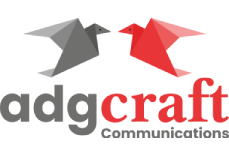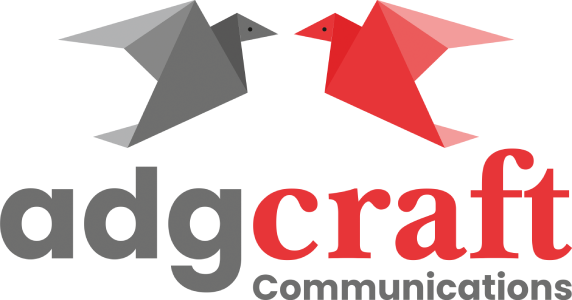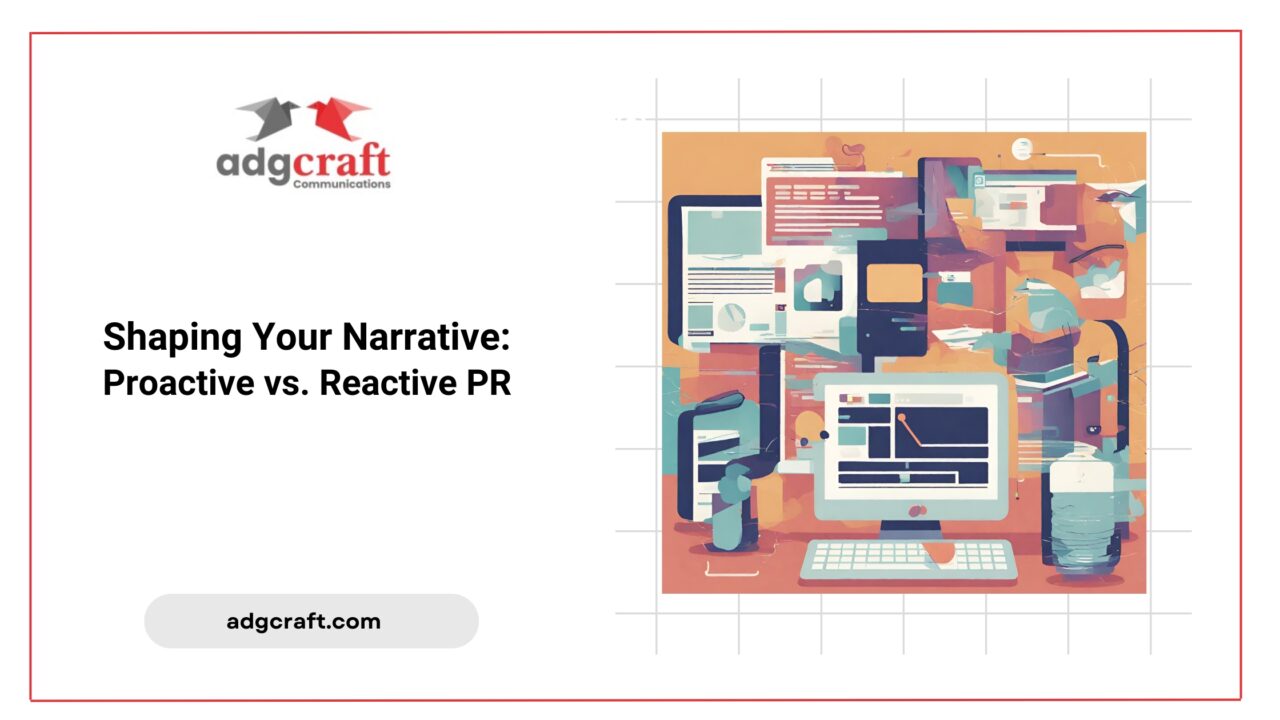Crafting your narrative is a delicate art in public relations, where the choice between proactive and reactive strategies can define your organization’s stance and reputation. Proactive PR involves taking the initiative, strategically laying the groundwork to shape perceptions, and telling your story on your terms. On the other hand, reactive PR requires swift responsiveness, and adeptly managing unexpected events or crises as they unfold to protect your brand’s image. In this article, we will discover how understanding the nuances of both approaches and mastering the balance between them can help organizations assert control over their narrative trajectory while effectively navigating the unpredictable currents of public perception.
For instance, when a new hashtag or challenge appears on social media, brands start to debate whether it’s better to wait for the next chance or invest the effort in creating interesting content right now. Meanwhile, it’s also important to remember that trends can change any day. So you must stay careful that even if nothing is actively trending, brands still need regular monitoring and updated content scheduled and ready to go.
Before we dive deep into which approach is the best? Let’s first learn more about Proactive PR vs Reactive PR.
Proactive PR: Shaping the Conversation
An effective PR specialist takes the initiative. Instead of waiting for opportunities, make them yourself. The ability of an organization to take charge of the PR message being communicated to the public and aim to get the word out before anything bad happens is known as proactive public relations.
Channels & Tools to Consider for Proactive PR
A few channels and resources for proactive PR are listed below:
1. Press Releases and Media Pitches
Proactive PR professionals regularly develop press releases and media pitches that highlight company achievements, new product launches, or insightful industry commentary. These pitches are then sent to relevant journalists and publications, increasing the chances of positive media coverage.
2. Content Marketing
Creating valuable and informative content, such as blog posts, infographics, or videos, positions your brand as a trusted resource. This content can then be shared on social media and other platforms to attract new audiences and build brand awareness.
3. Events and Sponsorships
Hosting or participating in industry events creates opportunities for direct interaction with potential customers and media representatives. Sponsorships can further amplify your brand message and reach a wider audience.
Reactive PR: Responding to the Unexpected
The essence of reactive PR lies in timeliness. Reactive public relations is all about reacting appropriately to the unexpected, as the name would imply. Reactive PR can occasionally take the shape of crisis management if a good or service results in harm. Reactive internal communication is therefore crucial.
Channels & Tools to consider for reactive PR
A few channels and resources for Reactive PR are listed below:
1. Media Monitoring
Proactively monitoring online media mentions and news outlets allows you to identify potential issues early on and develop a swift response strategy.
2. Transparency and Accountability
During a crisis, it’s essential to communicate openly and honestly with the public. Taking responsibility for any mistakes and outlining clear steps to rectify the situation can help rebuild trust.
3. Social Media Engagement
Social media platforms offer a powerful tool for communicating with your audience during a crisis. Providing regular updates and addressing concerns directly can help minimize the spread of misinformation and maintain a positive brand image.
Example of Proactive PR
Source: The Selfie Talk: Self-esteem in the social media age | Dove
Beauty giant Dove continues to impress with its digital PR. Their 2021 campaign, “The Selfie Talk,” tackled a critical issue: the unrealistic online beauty standards harming young girls.
This provocative campaign perfectly aligns with Dove’s mission of promoting body positivity and well-being. It sparked crucial conversations and earned Dove significant positive media attention, solidifying their place as a brand that champions real beauty.
Example of Reactive PR
Source: Ikea-Cristiano-water-bottle
In a blink-and-you-miss-it moment during Euro 2020, Cristiano Ronaldo sent social media into a frenzy by swapping out Coca-Cola for water at a press conference. IKEA swiftly capitalized on the viral incident by introducing the Cristiano water bottle, which had the tag “for water only.” The campaign received international press notice and became popular on social media.
This reactive PR stunt perfectly captured the moment, igniting social media and garnering worldwide media attention. It serves as a prime example of how brands can leverage trending events to connect with audiences and generate positive brand recognition.
Balancing the Approach
So, if we talk about a balanced approach of Proactive PR vs Reactive PR, While reactive PR enables you to respond to stories as they emerge, proactive PR enables you to create the narrative. Ultimately, a successful PR strategy requires a balanced approach incorporating proactive and reactive elements. Proactive PR helps you build a positive brand image and establish yourself as a leader in your industry, while reactive PR ensures you’re prepared to handle unforeseen challenges and protect your reputation. By understanding the strengths of each approach, you can tailor your PR efforts to achieve your specific communication goals.



